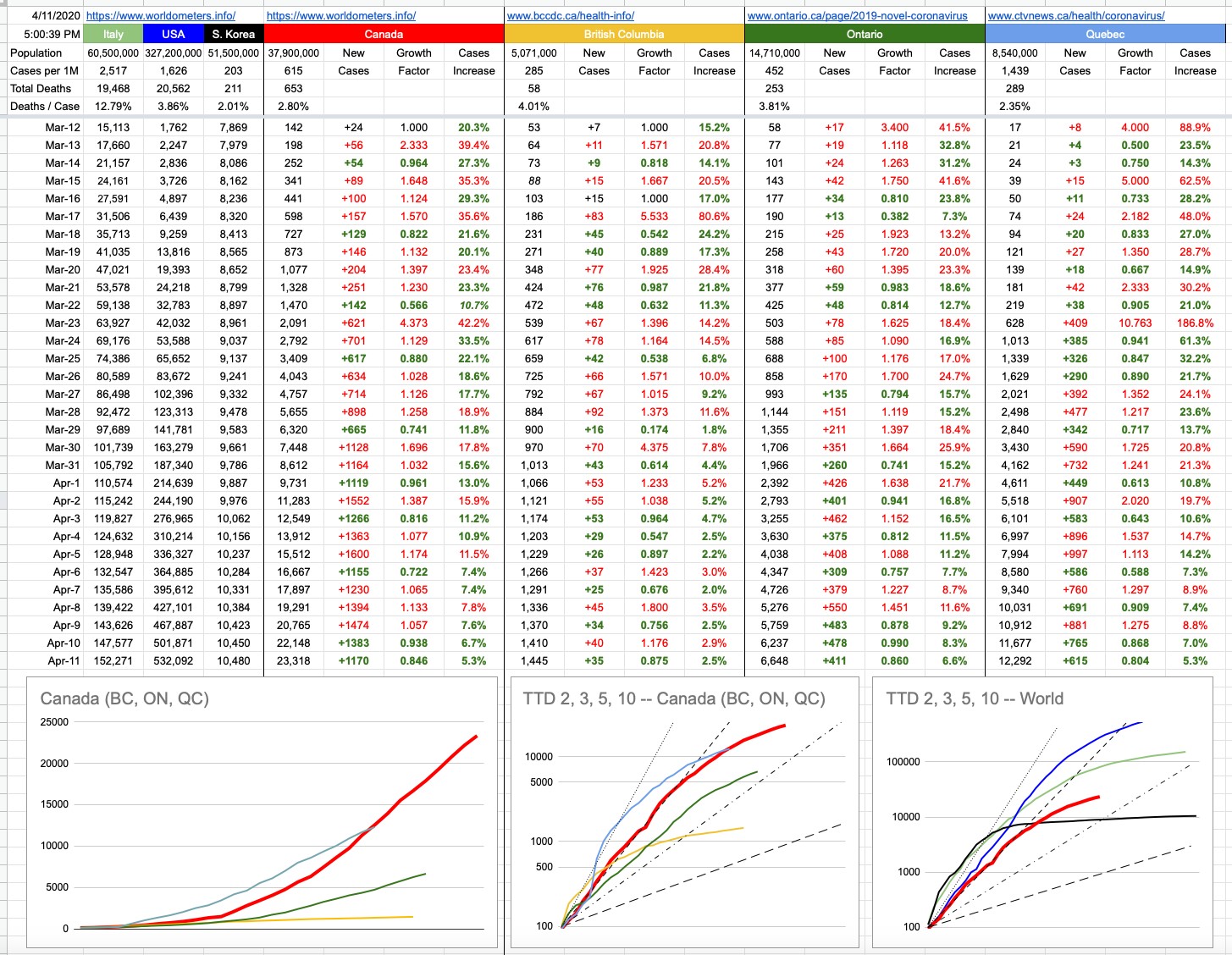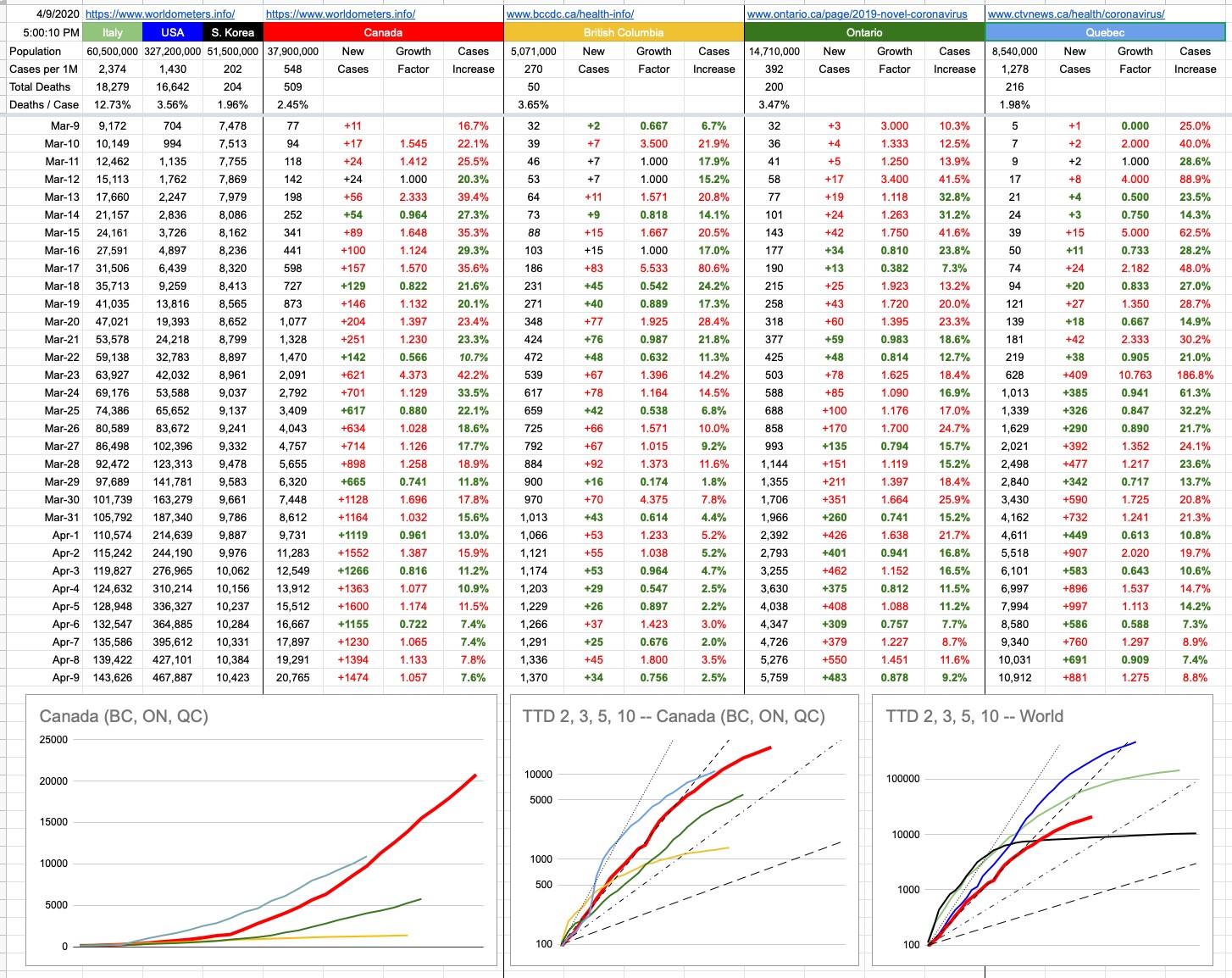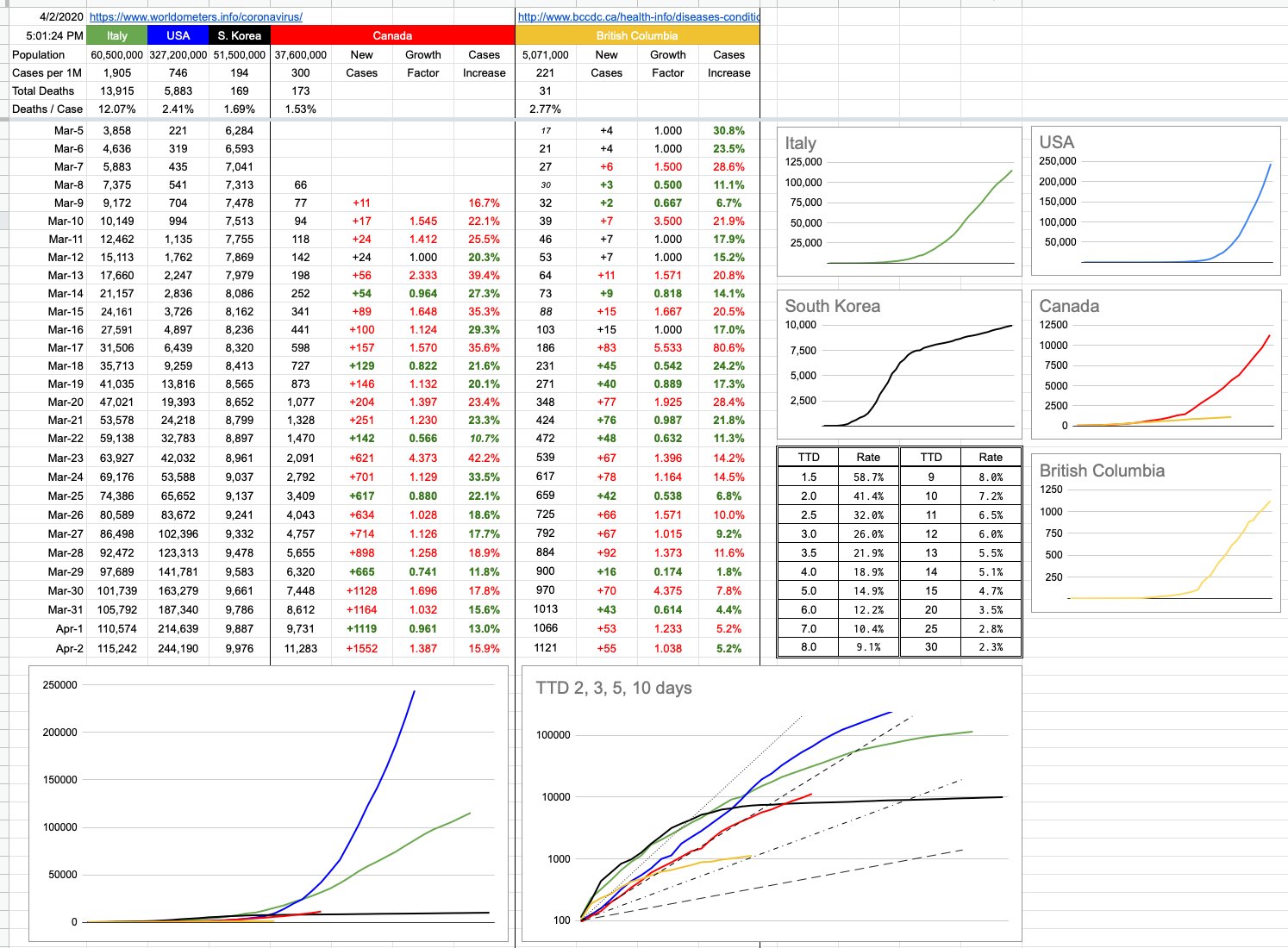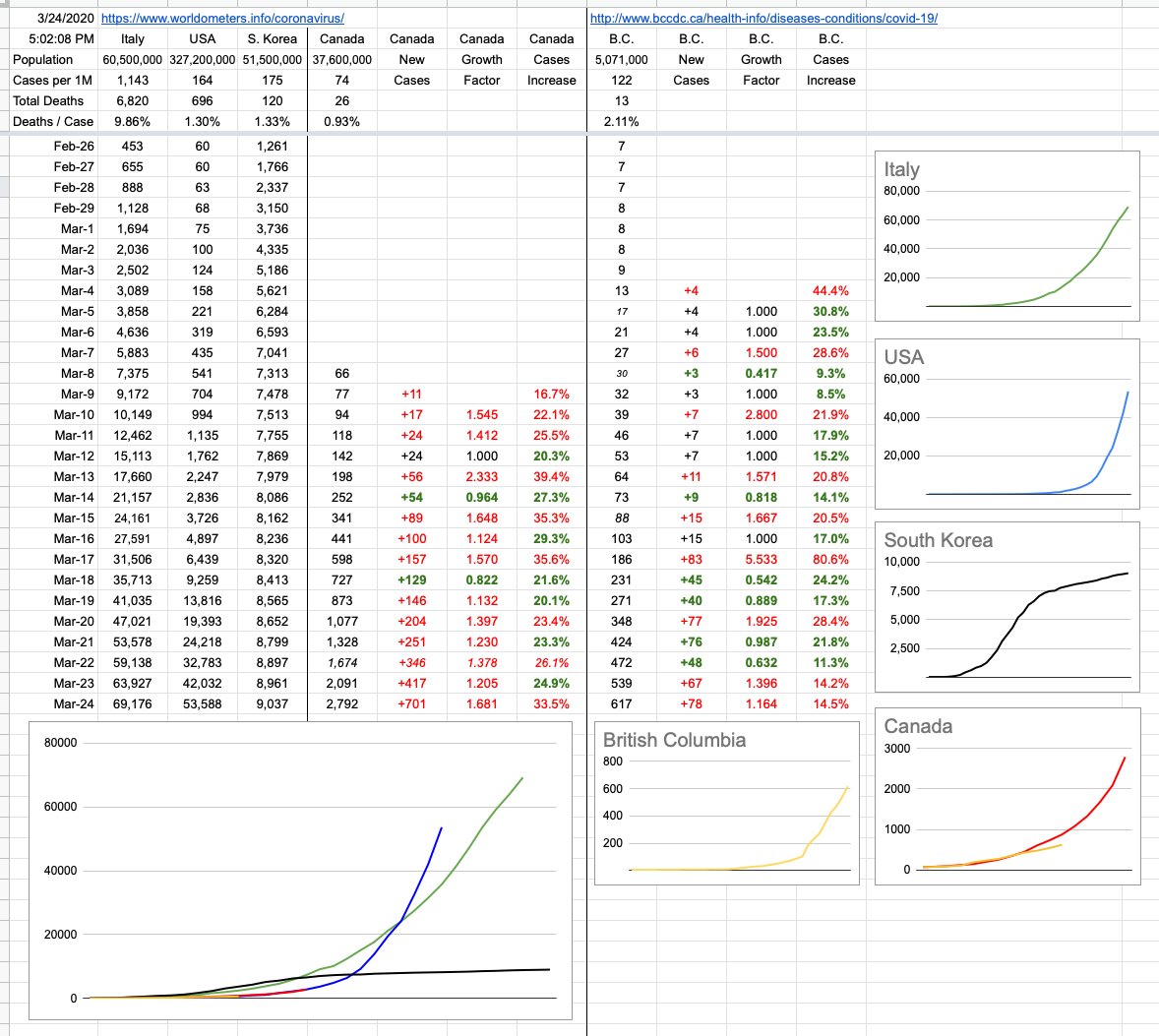Day 26 – April 11, 2020
For the sake this example, I’m about to virtually kill a lot of people. Please don’t feel bad — they never existed.
Let’s imagine you want to drive from Vancouver to Seattle… and let’s further imagine that there’s a winding road that follows the coastline all the way down. Sidenote — for part of it, there is… there’s a 20-mile winding road from Bellingham to Burlington called Chuckanut Drive that’s well-worth the detour. Spectacular views and much more.
So… there’s the imaginary coastline road, and there’s Highway 99/I-5 which actually exists.
And you’re a new driver, kind of nervous… the thought of the fast-moving traffic on the highway scares you a bit. But you also know the coastline road is very winding, and you’ve heard of cars losing control and going over the cliff. You do your research and quickly find a report that tells you that over the last two years, accidents killed 45 people on the highway and 24 on the coastline road. Again, I’m making this all up. Nobody was hurt in the creation of this posting.
No brainer, you think, the coastline road is twice as safe as the highway… because that’s the ultimate measure of safety, and there can’t be too much more to it…
Well, there can be… and if you keep reading down my imaginary report, you’ll find that the coastline road seems to have about one accident a month. Like clockwork, once a month, a single-occupant vehicle loses control, rolls down the 100-foot cliff and kills the driver. That accounts for the 24 deaths.
On the highway, as it turns out, some idiot last year was celebrating something… and rented out one of those monstrosity stretch Hummer limos, filled it with 43 of his closest buddies… and apparently everybody, including the driver, got drunk… and the limo, with its full tank of gas, crashed into a telephone pole, exploded into flames and killed all 45 occupants.
That changes things a bit, doesn’t it…
Those 24 single-car accidents each have a little circle around them. The HummerLimo has a single, big circle around it. Around here, the Lynn Valley Care Centre has a big circle around it too, as does the administration office of Lions Gate Hospital. The Mission Institution. The Okanagan Correctional Centre in Oliver. The Blueberry River First Nations community near Fort St. John. All of them have their own little circles.
So… let’s talk about clusters.
From an epidemiological point of view, a cluster is defined by infections that are grouped by where and when they happened. If those two things are close to each other, they’re part of the same cluster. Infections can be clustered, deaths can be clustered. Really, any statistic can (and usually should) be associated where it’s relevant.
In B.C., the Lynn Valley Care Center (where the average age of residents is 87) recorded Canada’s first COVID-19 death on March 8th. Since then, it’s accounted for an additional 17. Here in B.C., our mortality rate per resolved case is 6.0% when you count Lynn Valley, and 4.3% when you don’t. This is in no way minimizing the importance of each and every one of those people; rather, it’s just to point out where they should fit in statistically.
Treating those unfortunate 18 deaths the same as any random 18 in the city would skew things significantly; there’s clearly a lot more to learn about those 24 individuals that drove off the cliff than by analyzing the demographics of the 45 people in the limo.
This is all something to keep in mind when reading reports that tend to favour skewing data towards their intended conclusion… something I’m saying for my own benefit as much as yours, because these days I’m being bombarded with articles and reports and opinions, many of which are diametrically opposed to each other. All of them claim credible evidence. I’m trying to keep a level head, and you should too.
As for today’s numbers… well, it’s green all the way across the bottom. From a purely aesthetic point of view, that’s as good as it’ll ever get… and it’s what I consider great evidence that what we’re doing is working. Let’s keep at it, and let’s hope those people that aren’t such good listeners don’t become clusters of their own once this long-weekend is over.
View Original Post and All Comments on Facebook






